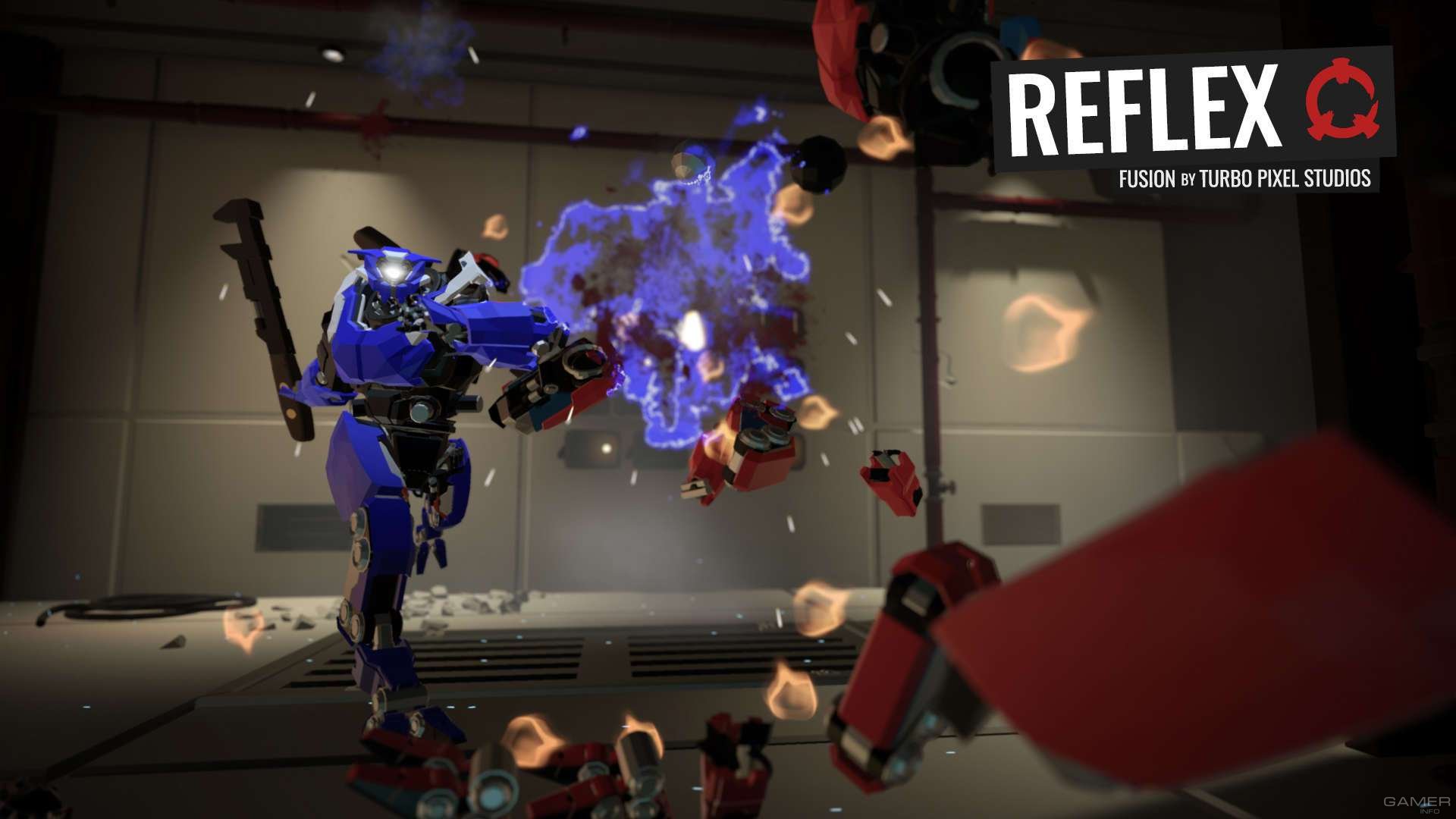
It’s also a place for future generations to come and remember, so that they are reminded of what happened that day, it’s part of the city’s history,” she added. “It’s important for the injured, for the people who have been psychologically damaged and for the people of Manchester because this is such a huge thing that happened in Manchester, it should never be forgotten.

She said the family had placed a USB stick, some photographs and “a few special items that I am sure he would appreciate” into the capsule in memory of her son. Murray, who was appointed an OBE in the new year honours for her work on counter-terrorism, told Sky News that a memorial was “really important after a huge event like the arena attack because it’s not just important for the people who died and the bereaved families”. They had also been given the opportunity to visit privately before the memorial opened. The Glade of Light memorial is a white marble “halo” bearing the names of all 22 people murdered in the May 2017 attack and opens to the public from Wednesday.įamilies of those who lost loved ones have been able to make personalised memory capsules, containing mementoes and messages, which are embedded inside the halo. Other ancillary testing may include fluorescein angiography, optical coherence tomography, or neuroimaging such as computerized tomography or magnetic resonance imaging.The mother of one of the victims of the Manchester Arena terror attack has welcomed a new memorial in the city and said the bombing should never be forgotten.įigen Murray, the mother of 29-year-old Martyn Hett, said the memorial “would be right up his street” and that he would “love” the people of Manchester to visit it. Ultrasonography is particularly valuable in cases with media opacities which may prevent direct visualization of the posterior segment. Ultrasonography can help detect calcification in retinoblastoma and can also diagnose findings in other diseases in the above differential diagnosis including Coats disease, PFV, and retinal detachment. Fundus abnormalities can include vitreous opacities, optic nerve anomalies, retinal vascular abnormalities (in ROP, Coats disease, retinoblastoma, and FEVR), and retinal masses, exudation, detachment, stalk, or fibrosis.Īncillary testing should be performed as indicated by other findings on the clinical examination. Anterior segment abnormalities can include microphthalmia, microcornea, persistent pupillary membrane, iris coloboma, cataract, or neovascularization or inflammation. In cases of abnormal red reflex, a comprehensive ophthalmic examination is indicated. Dark spots in the red reflex, a blunted red reflex on 1 side, lack of a red reflex, or the presence of a white reflex (retinal reflection) are all indications for referral to an ophthalmologist." Comprehensive Ophthalmic Examination

To be considered normal, the red reflex of the 2 eyes should be symmetrical. This examination should be performed in a darkened room on an infant with his or her eyes open, preferably voluntarily, using a direct ophthalmoscope held close to the examiner’s eye and approximately an arm’s length from the infant’s eyes. "All infants should have an examination of the red reflex of the eyes performed during the first 2 months of life by a pediatrician or other primary care clinician trained in this examination technique. Red reflex testing recommendations from the Americn Academy of Pediatrics are as follows: Family history of ocular diseases including retinoblastoma, familial exudative vitreoretinopathy, and coloboma should be obtained as well. Past ocular history and past medical history including prematurity, retinopathy of prematurity, trauma, arthritis, prenatal infection, and other systemic diseases should be assessed. Pseudoleukocoria due to optic nerve reflexĬomprehensive history should include age of onset, duration, and other ocular symptoms.


For example the white retinal mass seen in retinoblastoma creates leukocoria. Leukocoria of the right eye due to retinoblastoma Etiopathogenesisĭirect interference of the normal red reflex from opacities and abnormalities occurring anywhere from the crystalline lens through to the posterior pole can create the leukocoric reflex.


 0 kommentar(er)
0 kommentar(er)
